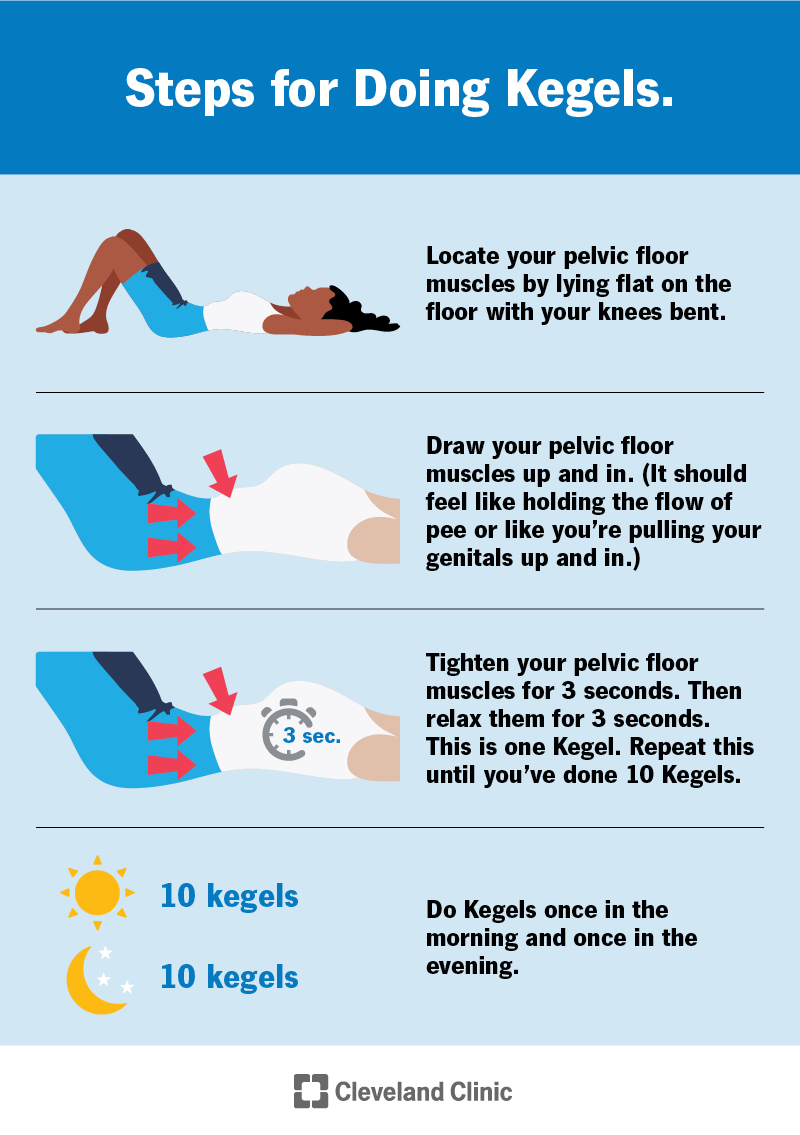Have you ever felt a sudden urge to dash to the bathroom, only to find yourself laughing or coughing, and a little bit of “whoops” escapes? Or perhaps you’ve experienced uncomfortable pressure or even leakage after childbirth? You’re not alone. These are common experiences, and they often stem from a weakened pelvic floor. But worry not! This guide will empower you with the knowledge and tools to strengthen your pelvic floor, enhance your quality of life, and enjoy a renewed sense of confidence.

Image: blog2.hix05.com
The pelvic floor is a group of muscles that form a sling-like structure at the base of your pelvis. They support your bladder, uterus, and rectum, playing a crucial role in bladder control, bowel function, and sexual health. Over time, these muscles can weaken due to factors like childbirth, aging, obesity, and chronic conditions. So, what’s the best way to tighten pelvic floor muscles? Let’s delve into the most effective strategies.
Understanding Your Pelvic Floor: The Foundation of Strength
Imagine a hammock, cradling your internal organs. This is essentially what your pelvic floor does. It works like a dynamic suspension system, helping to regulate your body’s functions and support your internal organs. By strengthening these muscles, you’re not only improving bladder control and preventing embarrassing leaks, but you’re also enhancing your overall health and well-being.
First, Find Your Pelvic Floor: The Key to Effective Exercises
Before you start exercising, you need to locate your pelvic floor muscles. Here’s a simple way to do it:
-
Imagine you’re trying to stop the flow of urine. Try to squeeze and lift the muscles as if you are holding back a pee. This is your pelvic floor.
-
Focus on lifting upwards. It’s important to avoid squeezing your buttocks or thigh muscles. The movement should be subtle and concentrated within your pelvic floor region.
-
Practice the “Kegel” technique. Kegel exercises are a cornerstone of pelvic floor strengthening. To perform them:
- Contract your pelvic floor muscles (as if stopping the flow of urine). Imagine drawing your pelvic floor up and inwards.
- Hold the contraction for 3-5 seconds, then slowly relax.
Beyond Kegels: A Comprehensive Approach for Optimal Results
While Kegel exercises are a great starting point, they’re not a “one-size-fits-all” solution. For holistic pelvic floor strengthening, consider incorporating these strategies:
-
Engage in regular aerobic exercise. Activities like walking, swimming, and cycling improve circulation and strengthen the core muscles, indirectly supporting your pelvic floor.
-
Incorporate resistance training. Bodyweight exercises like squats, lunges, and planks help engage your core muscles and indirectly strengthen the pelvic floor.
-
Explore pelvic floor exercises with biofeedback. These exercises involve using sensors to monitor your pelvic floor muscle activity, helping you become more aware of and control your muscles.
-
Consider specialized therapies. Physical therapists experienced in pelvic floor issues can provide tailored exercises and guidance to address your specific needs.
-
Pay attention to your bowel habits. Constipation puts strain on your pelvic floor. Staying hydrated, consuming a high-fiber diet, and establishing regular bowel routines can prevent these issues.

Image: www.pinterest.com
Expert Insights for Your Pelvic Floor Journey
“Think of the pelvic floor as a muscle you need to exercise regularly just like any other muscle in your body,” says Dr. Emily Smith, board-certified OBGYN. “It requires consistent attention and effort to maintain its strength and support.”
“For optimal results, it’s essential to perform pelvic floor exercises correctly,” advises Dr. James Carter, a physical therapist specializing in pelvic health. “Seek guidance from a qualified healthcare professional to ensure proper technique and avoid exacerbating any existing conditions.”
Best Way To Tighten Pelvic Floor Muscles
Empowering Your Pelvic Floor: A Path to Strength and Well-being
By taking a proactive approach to pelvic floor health, you’re investing in your overall well-being. You are empowering yourself with the tools to regain control, experience a newfound confidence, and enjoy a more fulfilling life. Remember, consistency is key. Just like any other workout, regular pelvic floor exercises will lead to noticeable improvements over time. Don’t hesitate to consult your healthcare provider for personalized guidance and support in your journey to a stronger, healthier pelvic floor.






